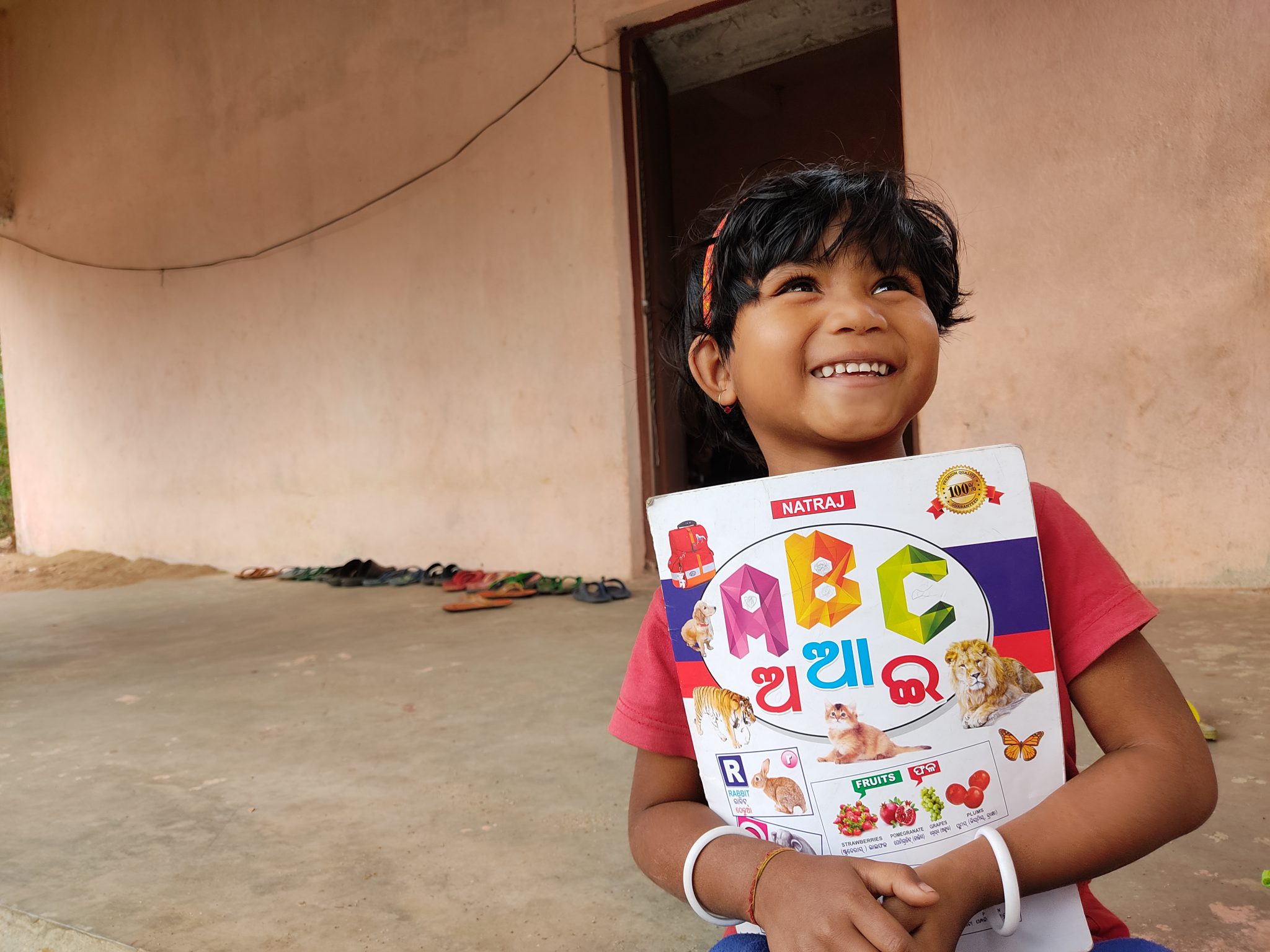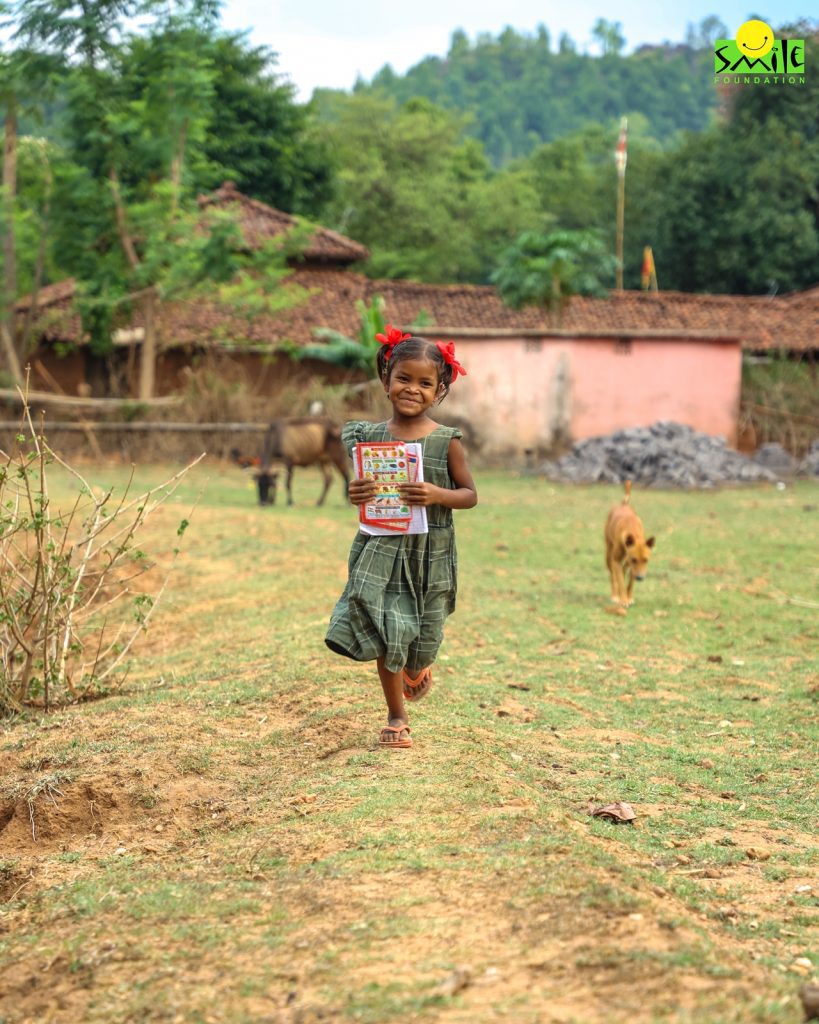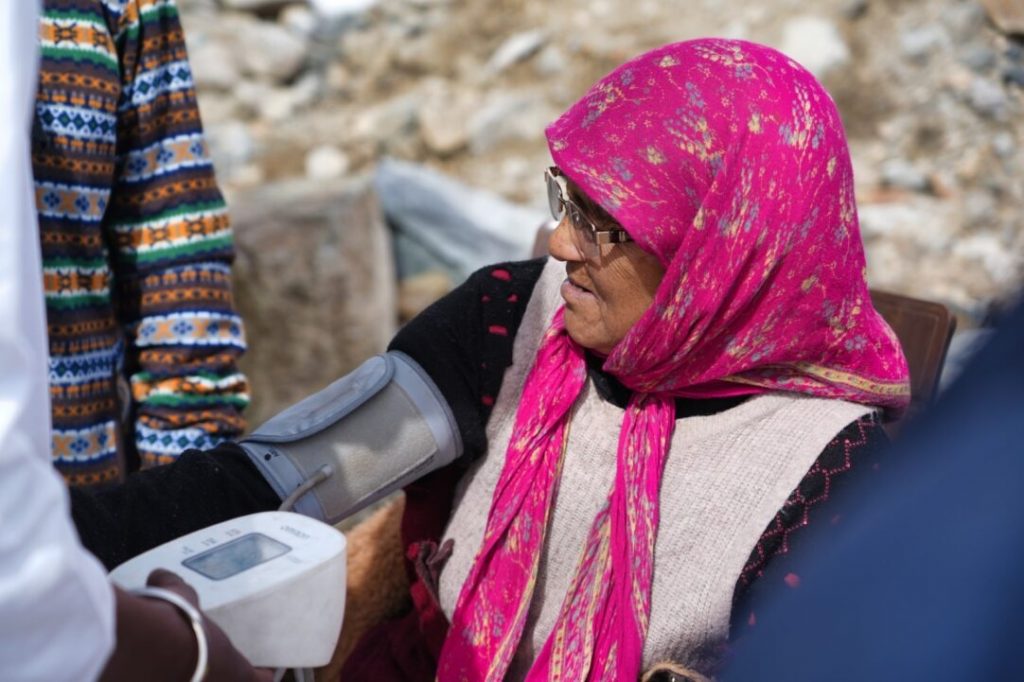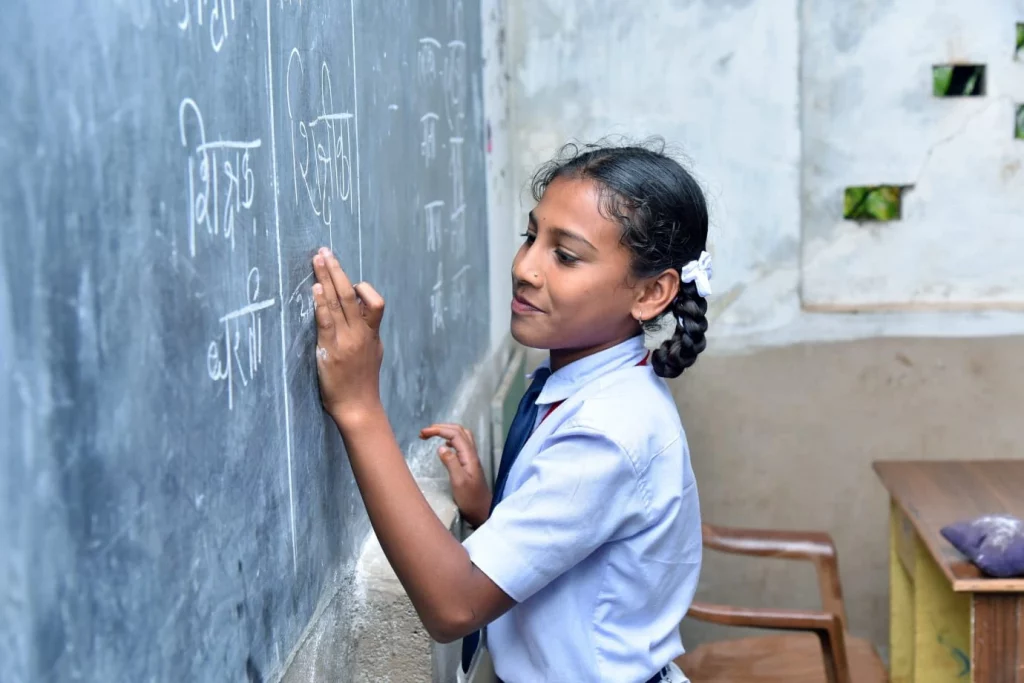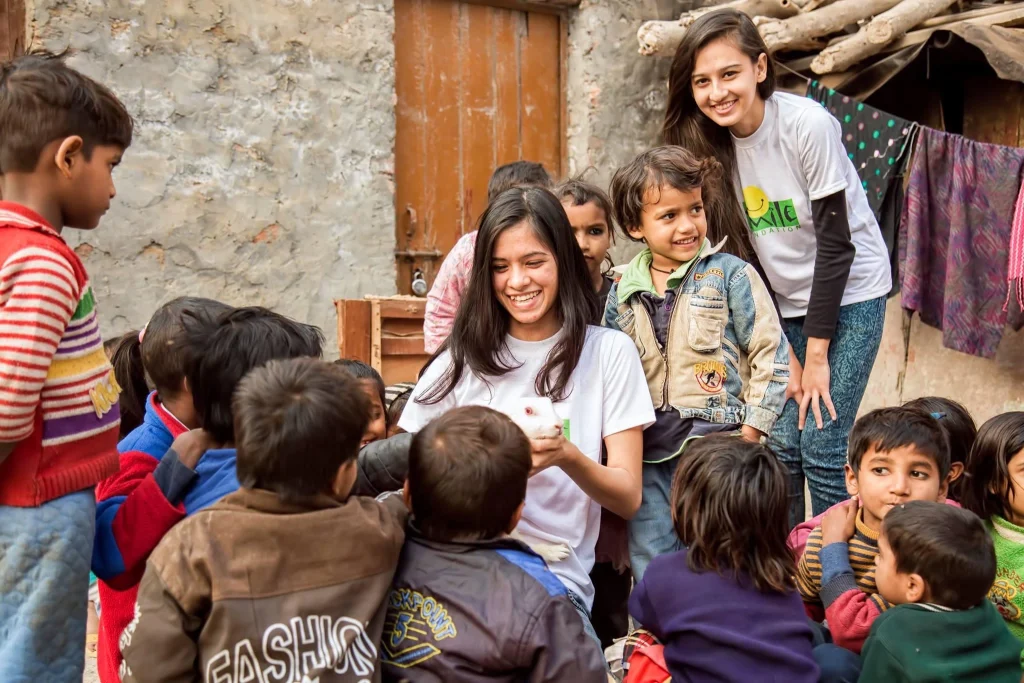COVID-19 caused a sudden nationwide closure of all schools. When students and teachers opted for remote teaching, schools found it difficult to deliver the same quality of education, creating post pandemic learning gaps. Families suffered as parents sought to assist their kids adjust to a certain kind of education while working from home or losing their employment.
Kudos to those families who were successful in ensuring that their children’s education post pandemic met or exceeded their expectations. Sadly, for lakhs of Indian families, the scenario is different.
Intervention during the Pandemic
Implementing intervention programmes for children who have fallen behind has proven difficult for school administrators owing to the existing challenges in the Indian education system.
How to aid pupils who have experienced incomplete learning?
There is no one technique that works for all children who are falling behind in their studies. By acknowledging these realities, educators should take calculated actions to hasten learning and raise ‘ students’ reading and writing levels.
Challenges in Education post COVID-19
Students have lagged owing to learning gaps in education due to the pandemic. This is especially true for students from poor socioeconomic backgrounds and those with impairments.
To vertically create and amend their curriculum maps, educationists and academicians from each grade level should ideally brainstorm together and devise effective teaching strategies.
Teachers may have changed or stopped teaching specific skills as a result of the closing of the schools. Teachers can mutually discover what their colleagues taught, changed, or removed in the previous school year and make plans appropriately by having all grade level team leaders meet. This will make the editing and designing of curricular maps easier.
How can we Solve the Issue of Existing Learning Gaps?
To give children time to catch up and learn at their own speed, this method focuses on dispersing the learning over several years and grades.
Step 1: Combine grades’ learnings
A 3rd -grader starting school for the first time is expected to be familiar with material from grades 1 and 2. To lay the groundwork, the first year can be devoted to learning material from grades 1 and 2. The remaining material for grades 2 and 3 may be absorbed the next year, then some material for grade 4 can be learnt. By the end of grade 4, students should have mastered certain grade-level competencies.
Step 2: Divide into small steps
To increase flexibility in teaching and learning, the complete curriculum must be broken down into weekly schedules. Teachers that use a modular approach to instruction can better manage their time throughout the year.
Step 3: Emphasise important competencies
The development of a curriculum for bridging should put an emphasis on fundamental abilities. Children are better equipped to master all facets of the language and use it in a variety of circumstances when literacy instruction is skill-based.
To help kids deal with the detrimental psychological effects of the pandemic, a significant Socio-emotional learning (SEL) component should also be incorporated into the curriculum. The usual teaching period should include SEL activities like “circle time” with the students. According to research, SEL can improve academic achievement, with benefits that last long after the programme has ended.
Step 4: Continue to monitor student progress
Regular classroom evaluation must be incorporated as a crucial curriculum component to assist teachers in adapting their instructions to the students’ requirements. Additionally, teachers may determine where students are and pick up where they left off by evaluating students’ current knowledge and abilities.
A two-year bridge program’s execution must also be well thought out in order to guarantee that the goal is served. We think the implementation strategy should centre on:
- enhancing teachers’ skills through instruction and on-the-job mentoring
- providing instructors with organised resources like teacher manuals
- providing students with instructional aids like workbooks
- keeping an eye on the programme and taking suggestions into consideration while designing it
- including parents to support at-home learning and moderating student conduct.
Smile Foundation’s Role
Smile Foundation has been actively involved to reduce the school dropout rate among students. Click here to donate for education and build a stronger India together.

